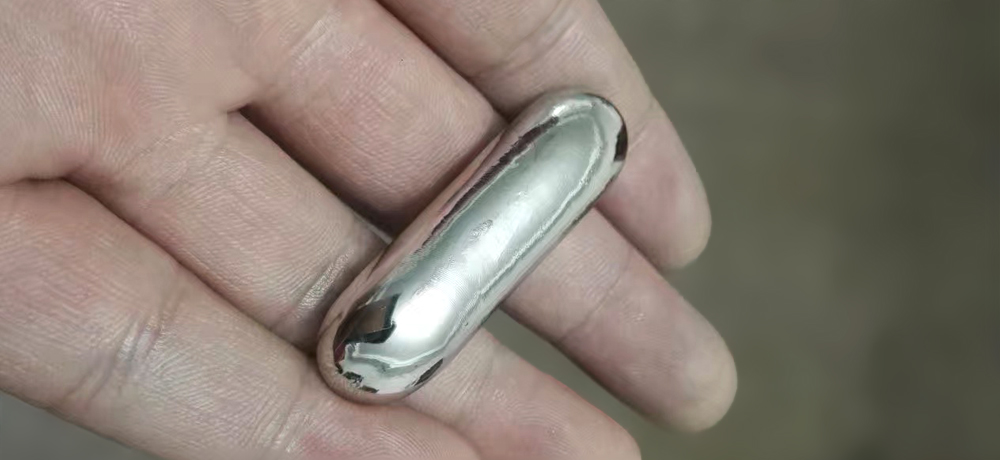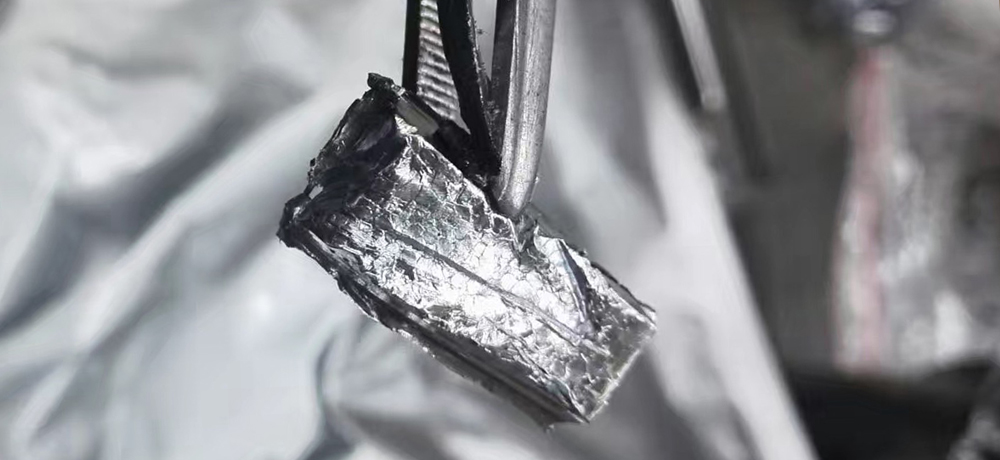Transition metals series
The characteristics of the transition elements are:
1.They are metal, with high melting point, high boiling point, high hardness, high density and other characteristics, and metal luster, ductility, conductivity and thermal conductivity are very good, different transition metals can form a variety of alloys.
2. transition metal atoms or ions may have a single d electrons, electrons spin determines the atomic or molecular magnetism. Therefore, many transition metals are paramagnetic, iron, cobalt, nickel three kinds of metal can also be observed ferromagnetism. Can be used as a magnetic material.
3. the transition element d electrons in the chemical reaction are involved in the formation of chemical bonds, can show a variety of oxidation state. The highest oxidation state from scandium, yttrium, lanthanum +3 to ruthenium, osmium +8. The transition element forms an ionic bond in the form of a compound having a low oxidation state, and it is easy to form a hydrate. In the case of forming a compound having a high oxidation state, a covalent bond is formed.
4. transition elements of hydrated ions in the compound or solution mostly showed a certain color, which is due to the unsaturated or irregular electronic layer structure caused.
5. transition elements can be used for bonding the empty d orbit and the higher charge / radius ratio, it is easy with a variety of ligands to form a stable coordination compounds. Most of the transition metal has its unique production methods: electrolysis, metal thermal reduction, hydrogen reduction and iodide thermal decomposition.

The elements Ce-Lu are considered as the “lanthanide” series (or “lanthanoid” according to IUPAC) and Th-Lr as the “actinide” series.The two series together are classified as f-block elements, or (in older sources) as “inner transition elements”.
Some inorganic chemistry textbooks include La with the lanthanides and Ac with the actinides.This classification is based on similarities in chemical behaviour, and defines 15 elements in each of the two series even though they correspond to the filling of an f subshell which can only contain 14 electrons.
A third classification defines the f-block elements as La-Yb and Ac-No, while placing Lu and Lr in Group 3.This is based on the Aufbau principle (or Madelung rule) for filling electron subshells, in which 4f is filled before 5d (and 5f before 6d), so that the f subshell is actually full at Yb (and No) while Lu (and Lr) has an s2f14d1 configuration. However La and Ac are exceptions to the Aufbau principle with electron configuration s2d1 so it is not clear from atomic electron configurations whether La or Lu (Ac or Lr) should be considered as transition metals.

Zinc, cadmium, and mercury are generally excluded from the transition metalsas they have the electronic configuration d10s2, with no incomplete d shell.In the oxidation state +2 the ions have the electronic configuration d10. However, these elements can exist in other oxidation states, including the +1 oxidation state, as in the diatomic ion Hg2+
2. The group 12 elements Zn, Cd and Hg may therefore, under certain criteria, be classed as post-transition metals in this case. However, it is often convenient to include these elements in a discussion of the transition elements. For example, when discussing the crystal field stabilization energy of first-row transition elements, it is convenient to also include the elements calcium and zinc, as both Ca2+and Zn2+have a value of zero against which the value for other transition metal ions may be compared. Another example occurs in the Irving-Williams series of stability constants of complexes.

The recent (though disputed and so far not reproduced independently) synthesis of mercury(IV) fluoride (HgF4) has been taken by some to reinforce the view that the group 12 elements should be considered transition metals,but some authors still consider this compound to be exceptional.
Although meitnerium, darmstadtium, and roentgenium are within the d-block and are expected to behave as transition metals analogous to their lighter congeners iridium, platinum, and gold, this has not yet been experimentally confirmed.
| Group | 3 | 4 | 5 | 6 | 7 | 8 | 9 | 10 | 11 | 12 |
|---|---|---|---|---|---|---|---|---|---|---|
| 4 | 21Sc | 22Ti | 23V | 24Cr | 25Mn | 26Fe | 27Co | 28Ni | 29Cu | 30Zn |
| 5 | 39Y | 40Zr | 41Nb | 42Mo | 43Tc | 44Ru | 45Rh | 46Pd | 47Ag | 48Cd |
| 6 | 57La | 72Hf | 73Ta | 74W | 75Re | 76Os | 77Ir | 78Pt | 79Au | 80Hg |
| 7 | 89Ac | 104Rf | 105Db | 106Sg | 107Bh | 108Hs | 109Mt | 110Ds | 111Rg | 112Cn |
orbitals have very little contribution in this regard since they hardly change in the moving from left to the right in a transition series. In transition metals, there is a greater horizontal similarities in the properties of the elements in a period in comparison to the periods in which the d-orbitals are not involved. This is because in a transition series, the valence shell electronic configuration of the elements do not change. However, there are some group similarities as well.
